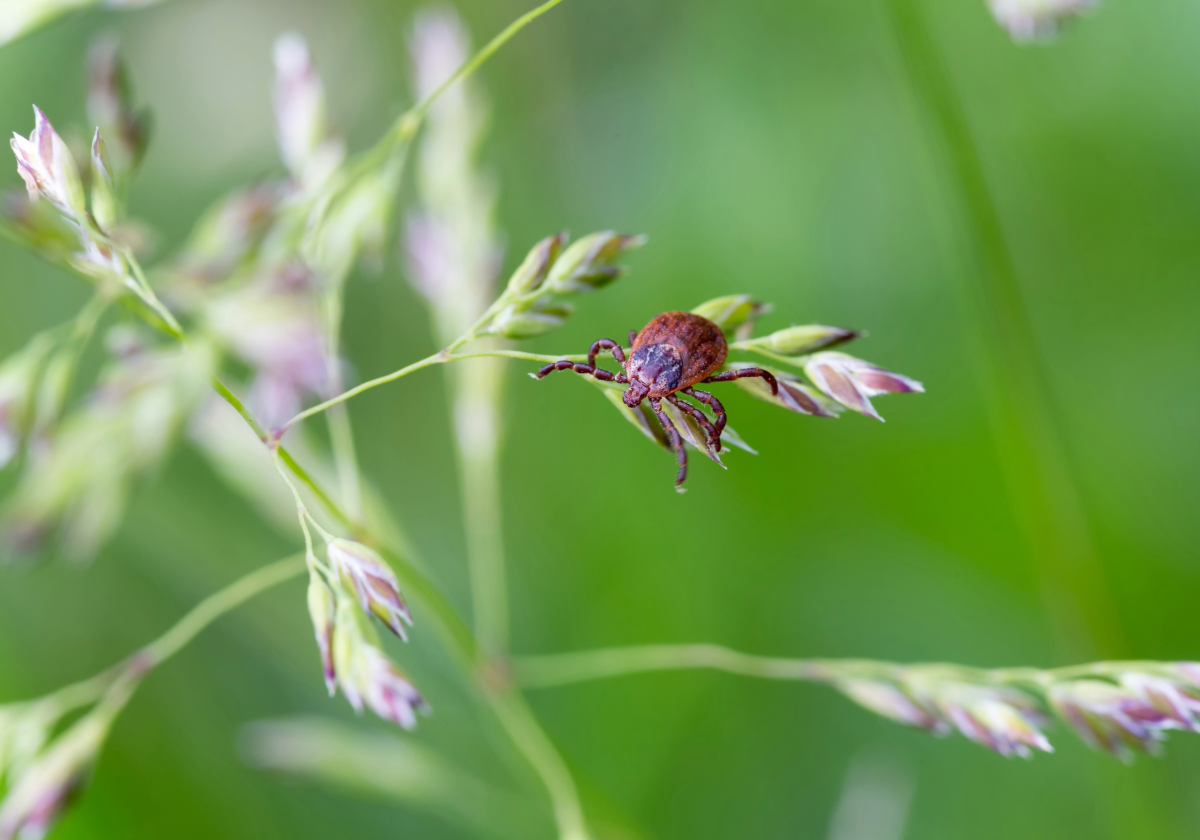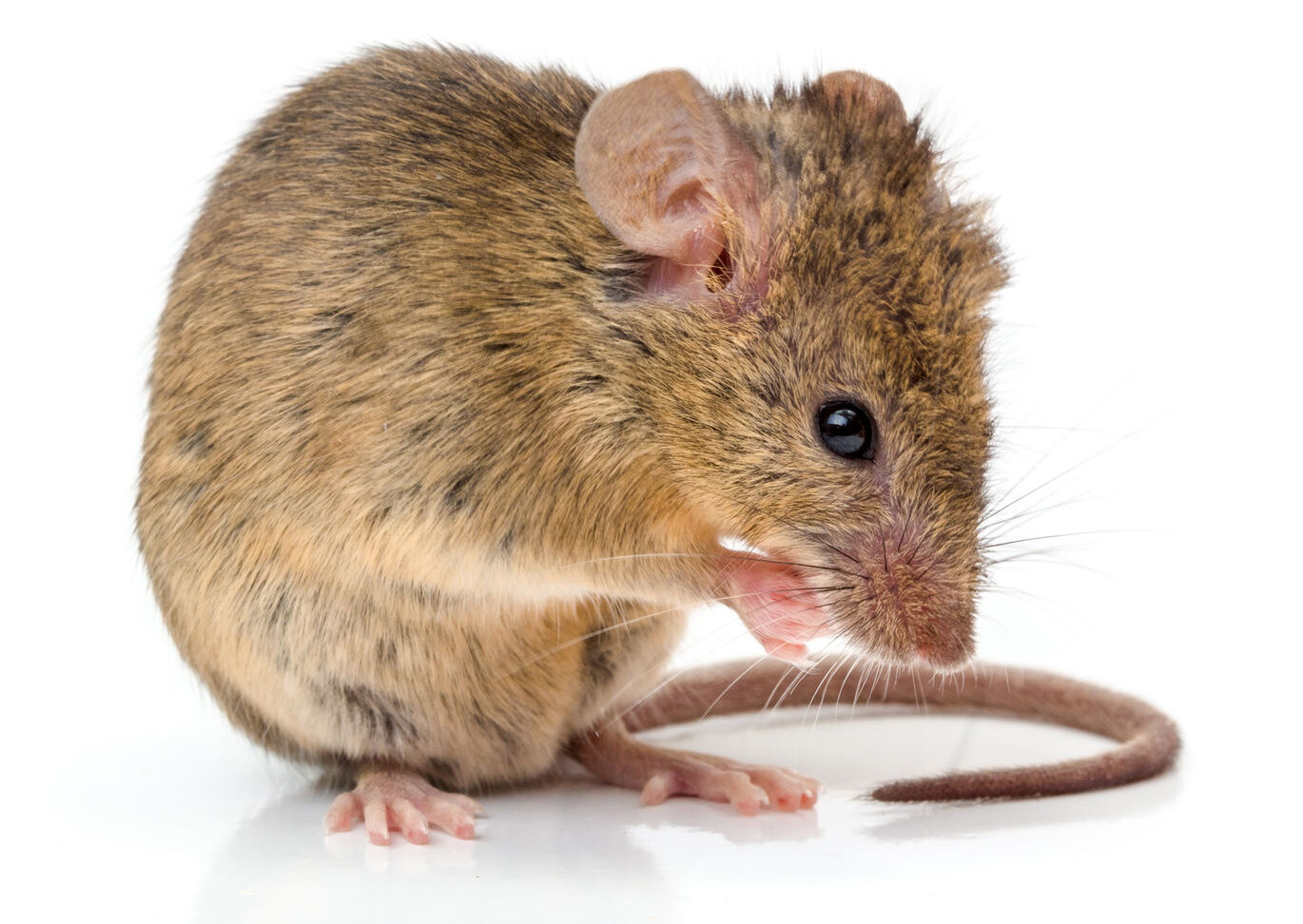The common name, “earwig” may be derived from an old English myth that they “enter the ears of sleeping persons and bore into the brain.” In addition, it could be related to the ear-like shape of the hind wings of some species (Roger Bland, 1978). I can only guess that earwig’s wrong blames of entering people’s ears while sleeping could be due to their nocturnal habit and dreadful look (certainly not the bug you want to run into at night!). But in reality, earwigs are just plain nasty looking, to put it frankly! But there’s nothing to worry about those mean-looking, sharp pincers of these harmless insects. Contrary to most bugs, earwig females have a reputation of good parenting services. They stick around to protect and care for their eggs until they become independent. After all, earwigs are not as dangerous to humans as you may think. They are not known to spread any disease-causing pathogens, and they’ll use those forceps to pinch you only if you try to handle them. They can also spray a foul-smelling fluid, but they do not have poisonous glands, so there is no danger associated with an earwig pinch.
If earwigs are commonly encountered indoors, it pays to know about their biology and habits to better deal with them. Earwigs feed on a variety of plant materials. Their diet may also include small insects and other arthropods. A few species of earwigs are found to externally feed on skin parts and fungus growth on small rodents and bats. Earwigs develop through gradual metamorphosis consisting of three stages: egg, nymph and adult. Eggs are deposited inside underground burrows or chambers made by the female. Newly hatched nymphs pass through four to six nymphal stages before becoming adults. The life cycle of earwigs lasts nine to 15 weeks depending on temperature conditions. There are one or two generations every year. Although earwigs typically hide and lay eggs in an outdoor environment (under tree bark, in soil and mulch, and under rocks, stones or debris), they will enter your home after dark if they see light through gaps, cracks and crevices in your foundation walls, doors and windows. Once indoors, potted plants, as well as dark, moist and cool cracks will be among their daytime shelter. Some earwig species have wings and rarely fly, but mostly they crawl to get around. They’re attracted to light and need moisture to survive; thus, people’s ears are not suited to host these bugs.
Long-term management of earwigs can be achieved by removing / altering their daytime shelter (boards, stones, paper, mulch, etc.) and sealing all possible entryways (cracks and crevices in the outside of the house, gaps under doors, etc.). Since earwigs are attracted to light and need moisture, reducing lighting and damp conditions around doors, windows and other potential entry sites will help keep them away. Changing landscaping by creating a clean and dry border directly around the foundation wall can reduce the number of earwigs around the structure.
If above doesn’t work, an exterior treatment by a professional using proven residual microencapsulated pesticide can be applied around the perimeter areas to prevent earwigs from entering your home. If you do have an infestation indoors, they can be controlled by certified, trained pest control experts. Normally, the expert will use proven residual insecticide treatments targeting the earwig hiding and entry sites. Spot, crack and crevice applications along baseboards, beneath cabinets, along doors and windowsills and other hiding places are examples of these treatments. Remember that if outdoor habitats are not modified, indoor pesticide applications would be a short-term solution due to new earwig entry from outdoors.
At Adam’s we feel the more you know about pests and their behaviors, the easier it is for you to identify the pest and often prevent them from entering your home. Of course, if you do have a pest problem, it’s always best to call a professional … getting rid of pests is often not easy, and using insecticides or other treatments should be left up to certified, trained professionals.




